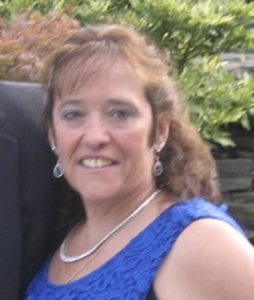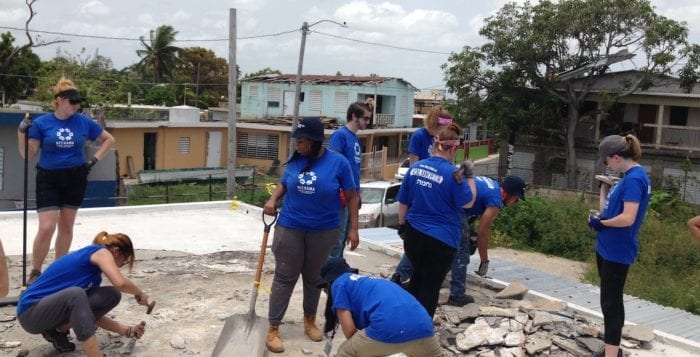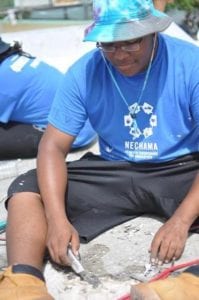1 of 12

A first-year varsity player, Ward Melville sophomore Jenna Mond wins her match in fourth singles.Head coach Erick Sussin said, “Jenna has recently solidified a position at the 4th spot which has been open for most of the season.” Photo by Bill Landon

Jade Eggleston, three-time all-county singles player, wins in 1st singles against her Miller Place opponent. “Jade is a consistent player that wears down her opponents, and when necessary, can pull the trigger,” according to Ward Melville coach Erick Sussin. Photo by Bill Landon

Jade Eggleston, three-time all-county singles player, wins in 1st singles against her Miller Place opponent. “Jade is a consistent player that wears down her opponents, and when necessary, can pull the trigger,” according to Ward Melville coach Erick Sussin. Photo by Bill Landon

Senior Dara Berman is a thee-time all-county doubles player who has excellent footwork and smart placement of shots to setup her partner along with a very high tennis IQ, according to WM coach Erick Sussin. Photo by Bill Landon

Senior Anna Ma is a three-time all-county doubles player, who according to coach Erick Sussin, “Is a power hitter who holds serve very well who can be in the doubles line-up or singles line-up on any given day and can guarantee a win.”

Eighth-grader Kira Kronenberg, a first year varsity player wins her match at 2nd singles, who according to Ward Melville head coach Erick Sussin, “Is cool, calm and collected [well beyond her years] who has extremely consistent strokes." Photo by Bill Landon

A four-year varsity player senior Mary Lynch competes in first doubles against Ward Melville. Miller Place coach Kevin Gomory said, “Mary is a true baseline player with a strong one-handed backhand." Photo by Bill Landon

Returning three-year varsity player sophomore Lauren Barnes competes in third singles against ward Melville. Miller Place coach Kevin Gomory said, “Lauren is a finesse player who has excellent volley who dominates when she’s at the net.” Photo by Bill Landon

At first doubles, Alexandra Bova, a senior, is a four-year varsity player who Miller Place coach Kevin Gomory said,” Alexandra is a very steady and composed player who is great at attacking the short ball.” Photo by Bill Landon

Gianna Giarraputo at 4th singles is a four-year varsity player, in a match against Ward Melville. Miller Place head Kevin Gomory said, “Gianna is a strong baseline player with great instincts.” Photo by Bill Landon
Ward Melville (now 4-0) traveled to Miller Place (0-4) for a girls tennis match Sept. 17. The Patriots beat the Miller Place Panthers 7-0.





 Why did you choose to write a story from the point of view of a baby ?
Why did you choose to write a story from the point of view of a baby ?





























